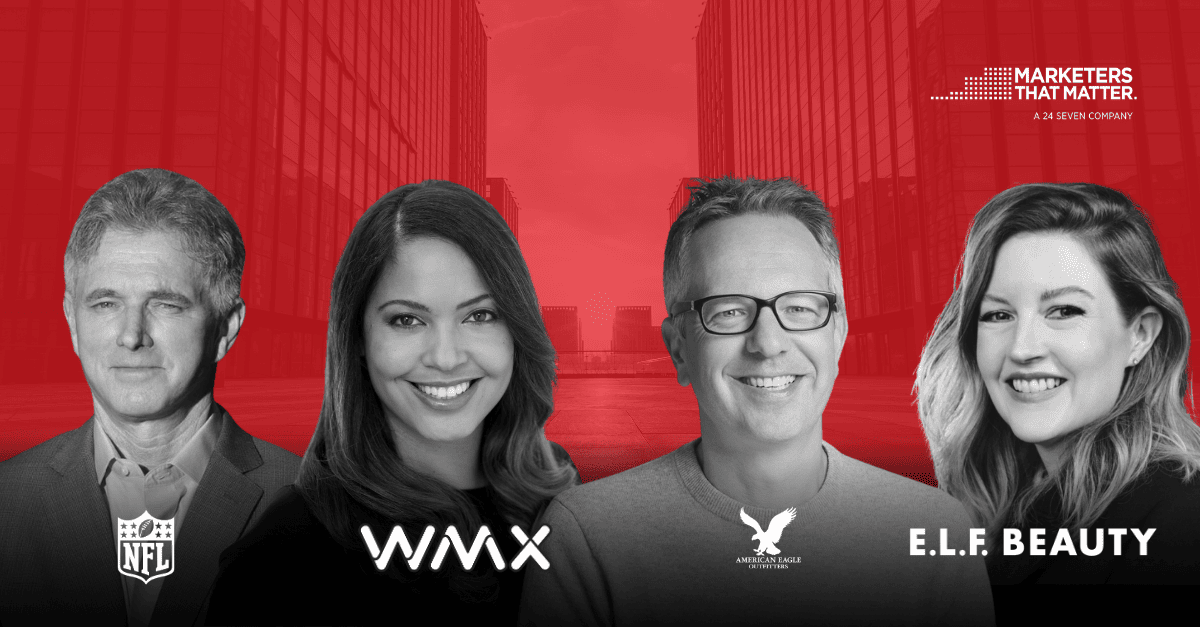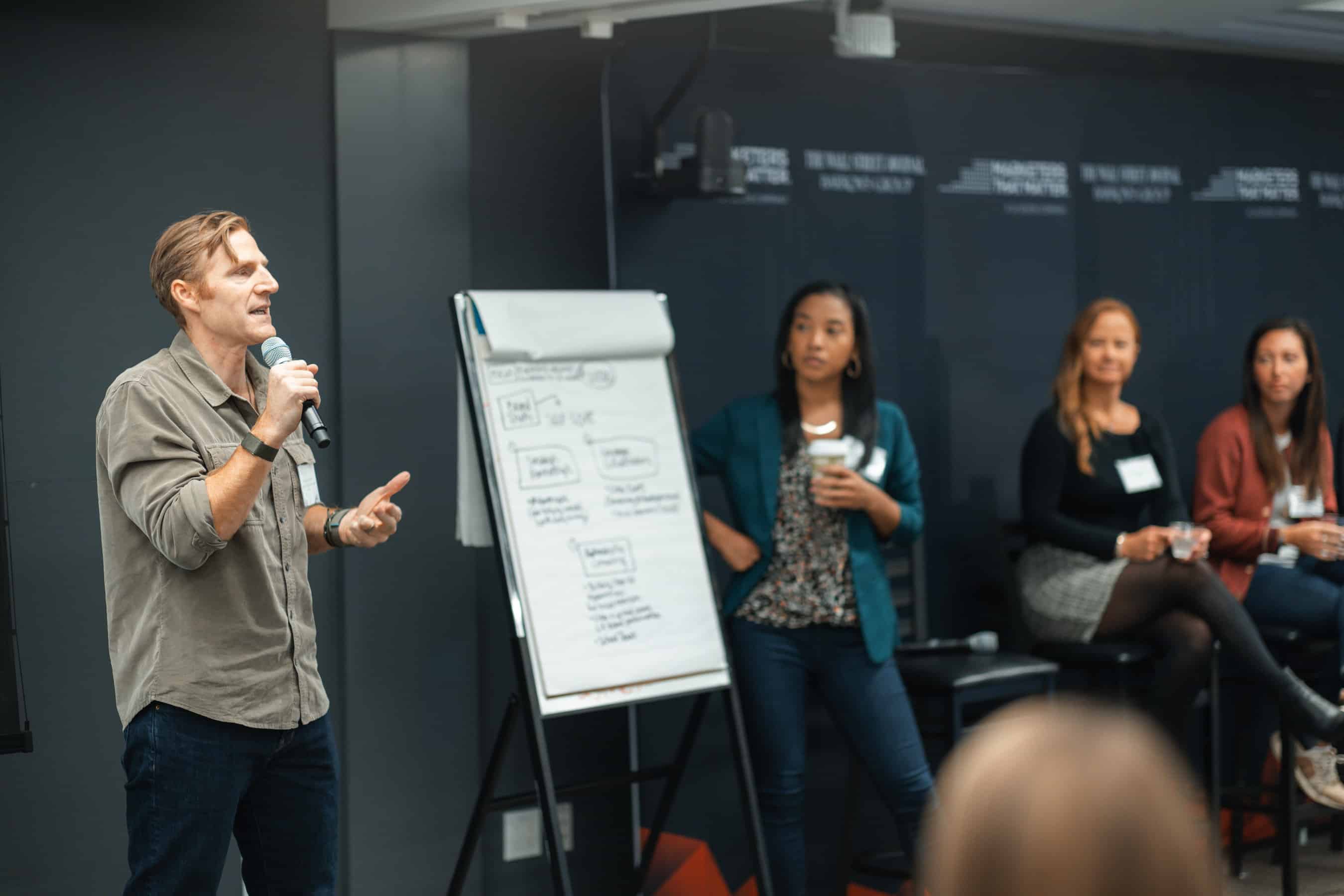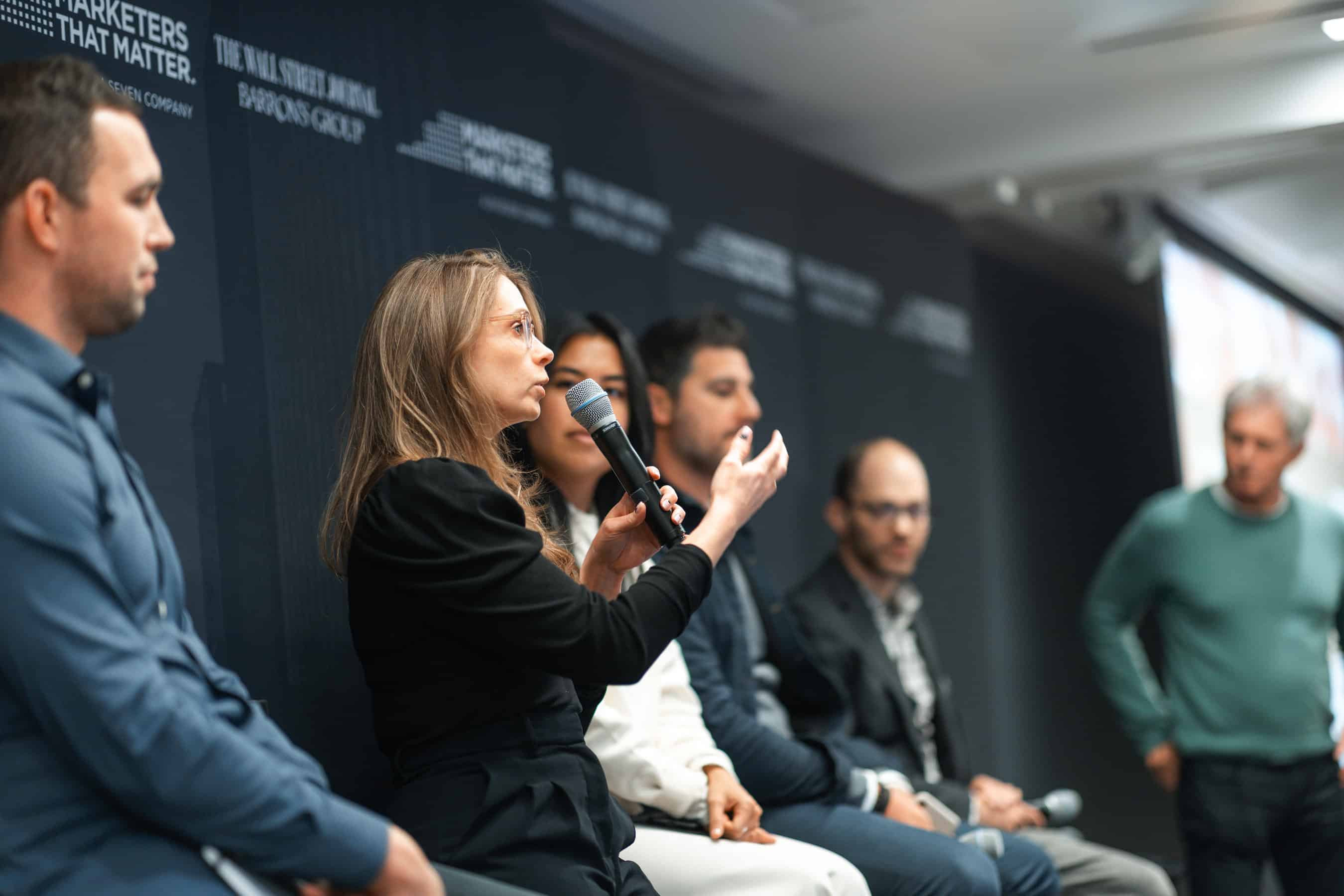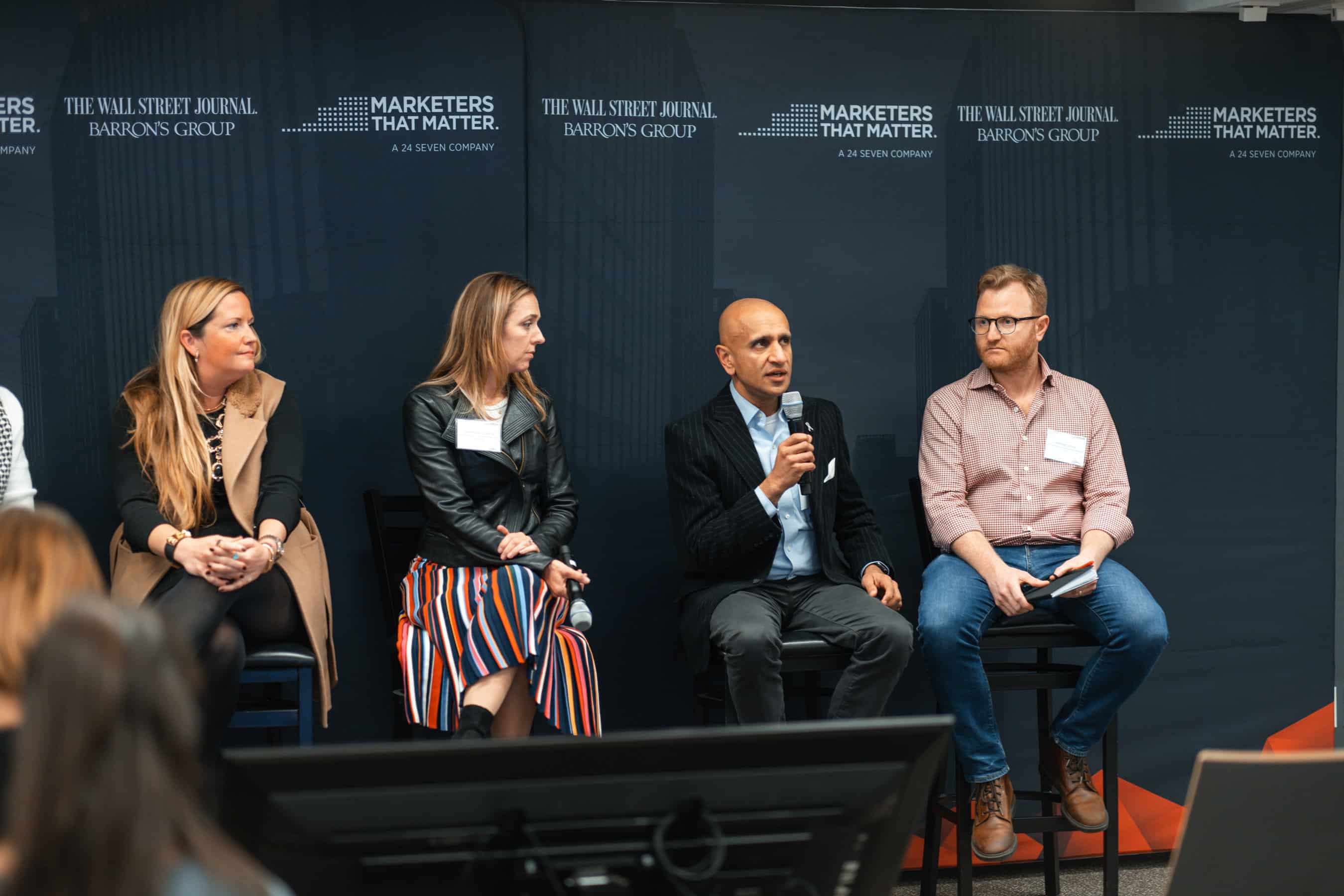The world is more augmented than it’s ever been. Businesses everywhere are plunging into complex matters, cultural moments, and digital landscapes to meet consumers and their needs behind screens, and they are learning how to connect with the most digitally agile generations: Gen Z and Gen Alpha. Evolving your campaign strategy during these times can be especially challenging, so we invited top marketing leaders to answer the question many are asking: what is the framework for successful campaigns?
In this article, we will discuss how to capture consumers’ attention across increasingly fragmented channels and leverage emerging tech and insights to create campaigns that break through the noise. Factors like relevancy, societal impact, strategic partnerships, and more can go a long way.
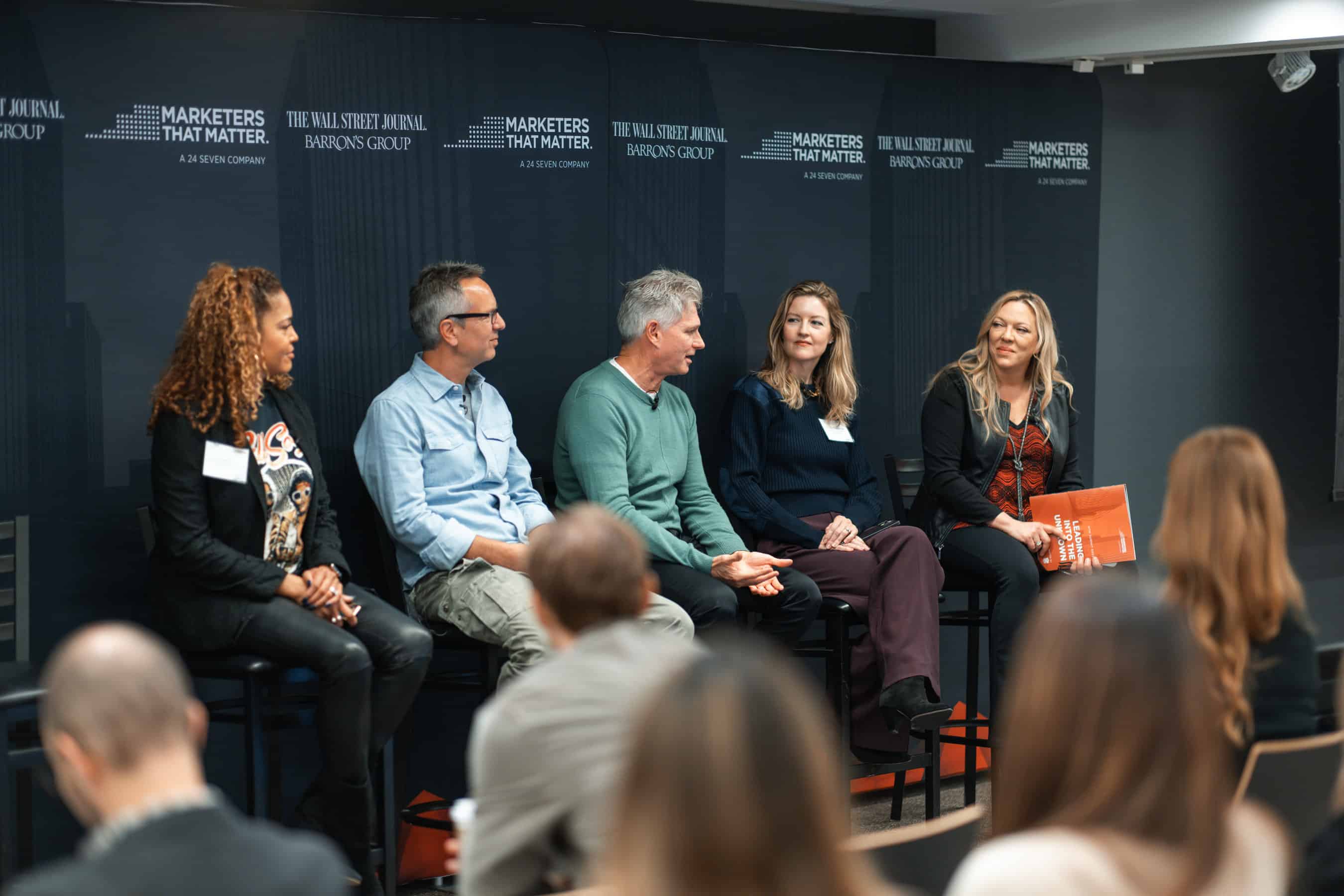
These secrets to successful campaigns were shared by Tim Ellis, the CMO of NFL; Danielle Lee, President of Warner Music Artist and Fan Experiences; Craig Brommers, CMO, American Eagle Outfitters, and Ashley Rosebrook, Chief Creative Officer, e.l.f. Beauty, during our discussion at the Marketers That Matter Forum hosted by the NFL.
Here is what they had to say at the NYC MTM Forum, and how it could impact your team, talent, and future.
You Can Find the MTM Visionaries Podcast On Apple, Spotify, Amazon, and more!
Overview:
- Seven Secrets of Successful Campaigns
- Campaign Case Studies: Learning from Past Success
- Key Takeaways
Seven Secrets of Successful Campaigns
1. Internal & External Engagement and Sentiment

“Sometimes discerning if your campaign will be successful is as simple as a feeling – it’s the feeling you get when you know you are looking at something that has the emotional resonance that your brand needs to drive.”
– Ashley Rosebrook
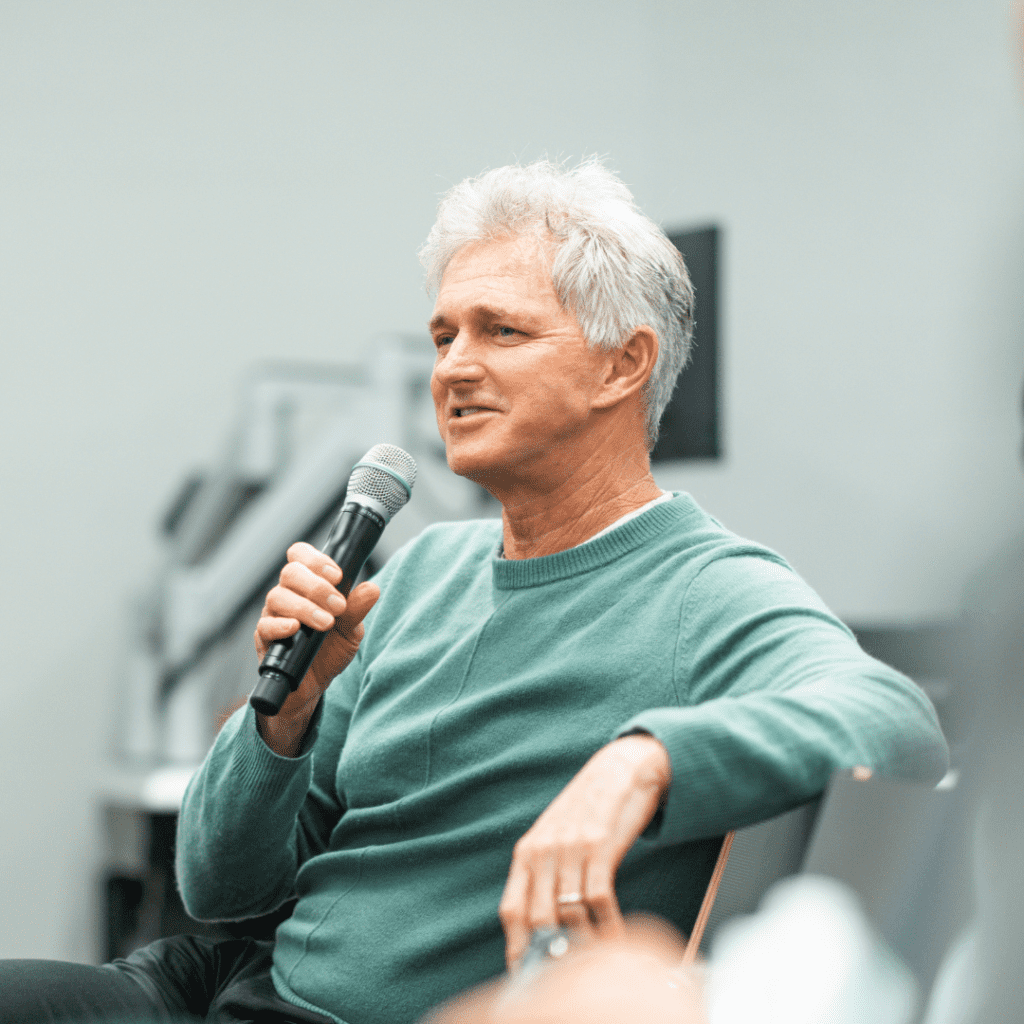
“We look very carefully at how our audience takes in our messages, how they feel, and what they’re talking about, but we also look across our ecosystem and see how our NFL family feels about what we’re doing and how they are amplifying it.” -Tim Ellis
2. Social Responsibility
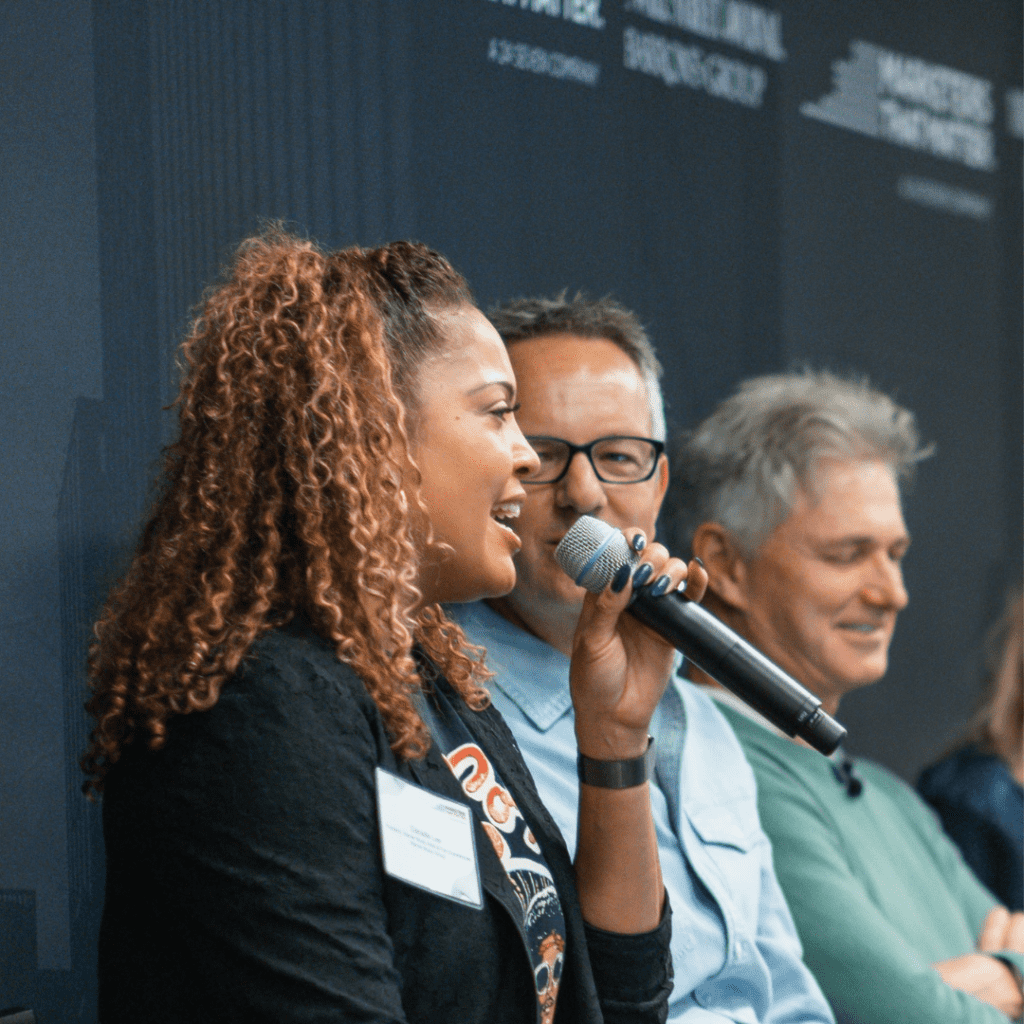
“Shaping Culture is not a one size fits all approach. Brands shouldn’t take a position on a delicate topic without thinking about longevity and the impact they intend to have. Otherwise, you can fall victim to using an issue as an opportunity for commercialization. We are dealing with real people, and we can’t ignore that. Data and insights can help us get it right.” – Danielle Lee
3. Brand Performance vs. Commercial Performance

“In marketing, success is supposed to be a healthy friction between brand performance and commercial performance. In these tougher economic times, however, my industry leans more towards commercial performance as a KPI.”
– Craig Brommers
4. Universal Truth
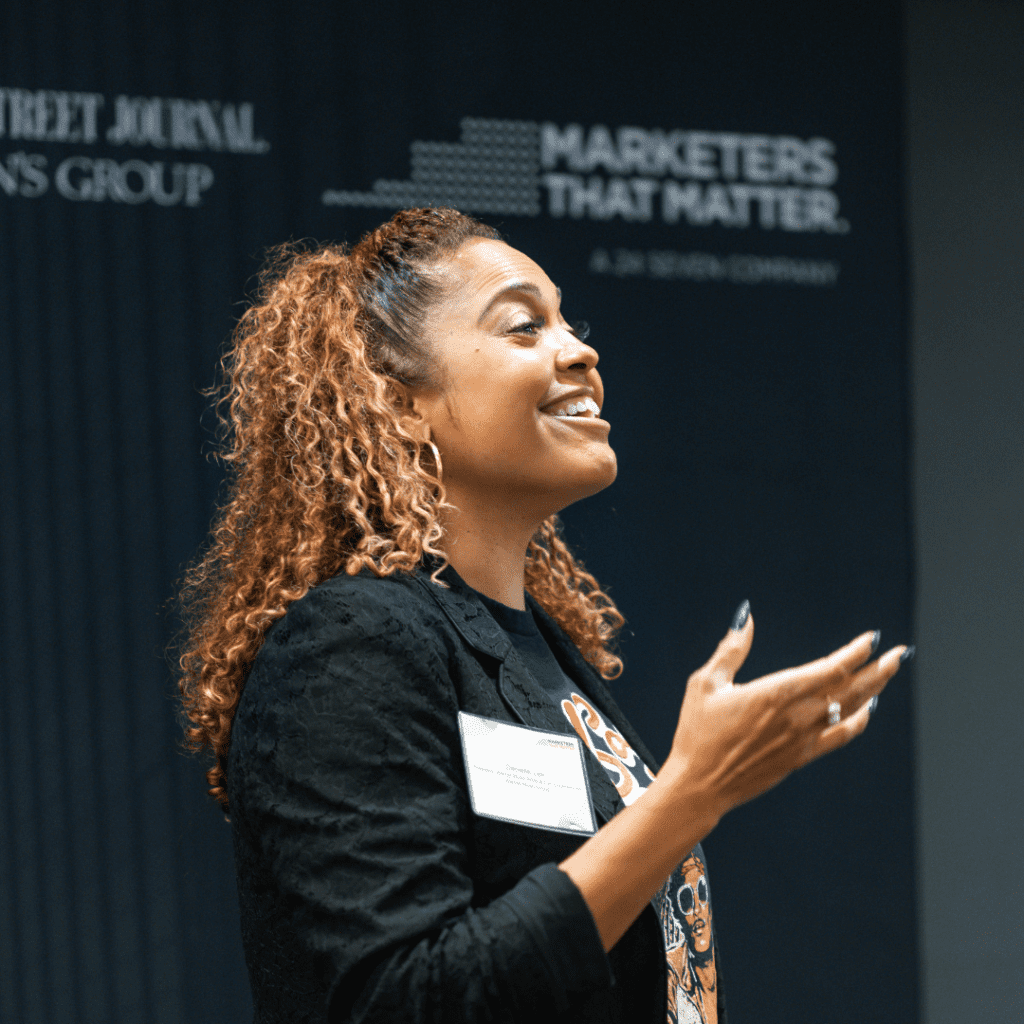
“The most successful campaigns in my experience have been those grounded in a universal truth where people can see themselves in the work and then become an ambassador of the message. Our dollars only go so far; when you engage the fan base and the ambassadors to carry the message forward, those are the most successful campaigns.” – Danielle Lee
5.) The Right Partners
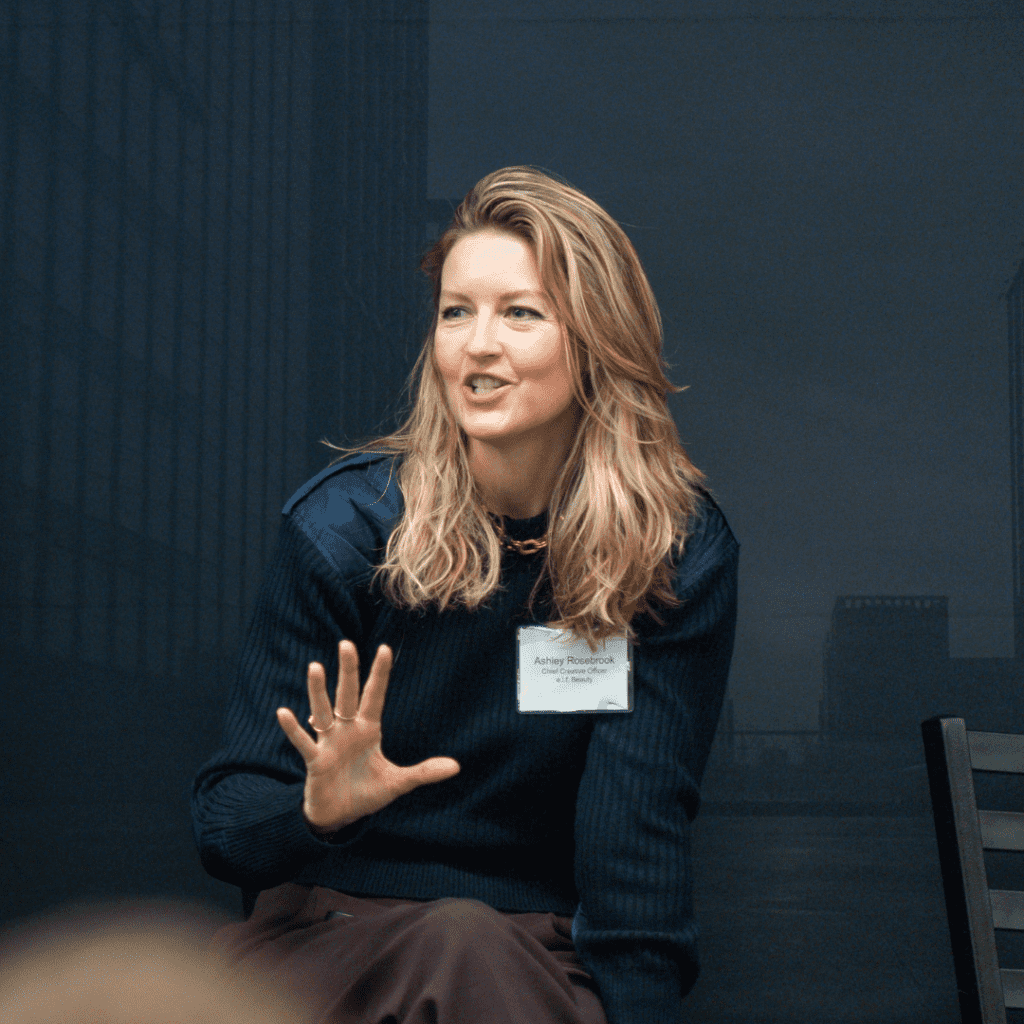
“A major component of successful campaigns is partnering with the right people and finding influencers who are authentically a match for both brands. For example, we partnered with McKayla Jane, the number one beauty influencer for our Duncan Donuts campaign. She is a genuine, authentic Duncan fan, and her fans saw and felt her authenticity. The campaign caught fire; we reached 7 billion viewers.”
– Ashley Rosebrook
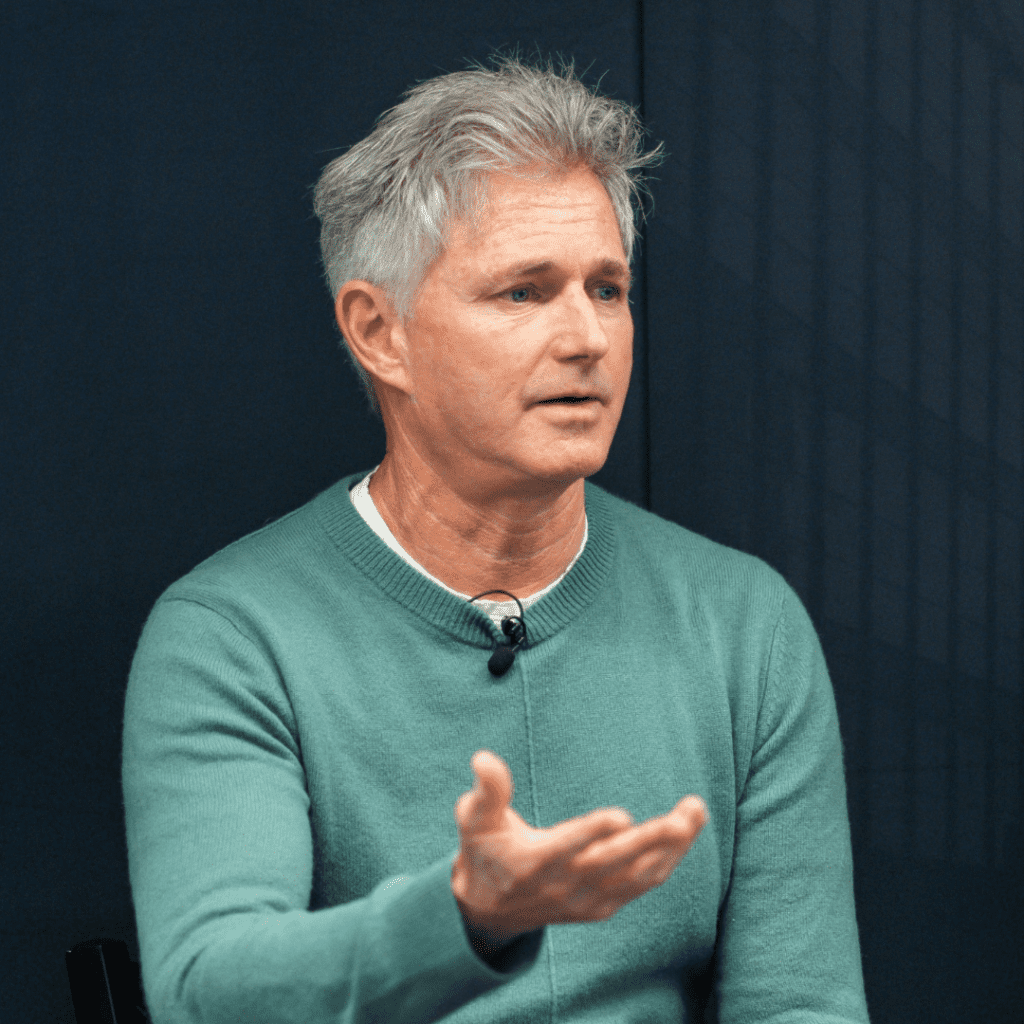
“Using our platform with key partners to drive things forward has helped us drive culture. We all have varying degrees of leverage and power with our brands, but the more that you can use that power and leverage to get the right partners in place to drive culture, not just participate in it, the better off you will be.”
– Tim Ellis
6.) Adaptability to New Channels and Technologies
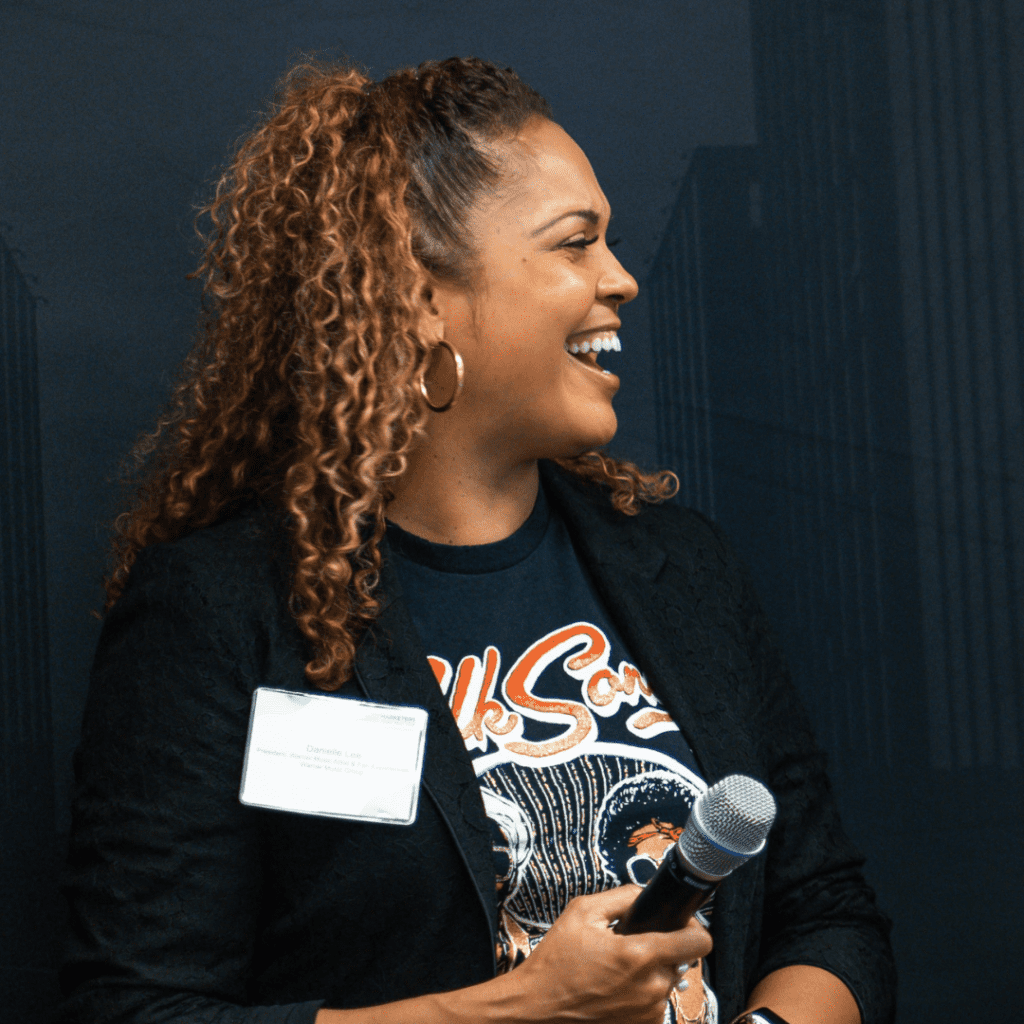
“The digital goods market is projected to be a $150 billion market by 2025, overtaking physical merchandise. 75% of Gen Z have bought a digital item in a video game; they care more about what their avatar looks like than their physical clothes.”
– Danielle Lee
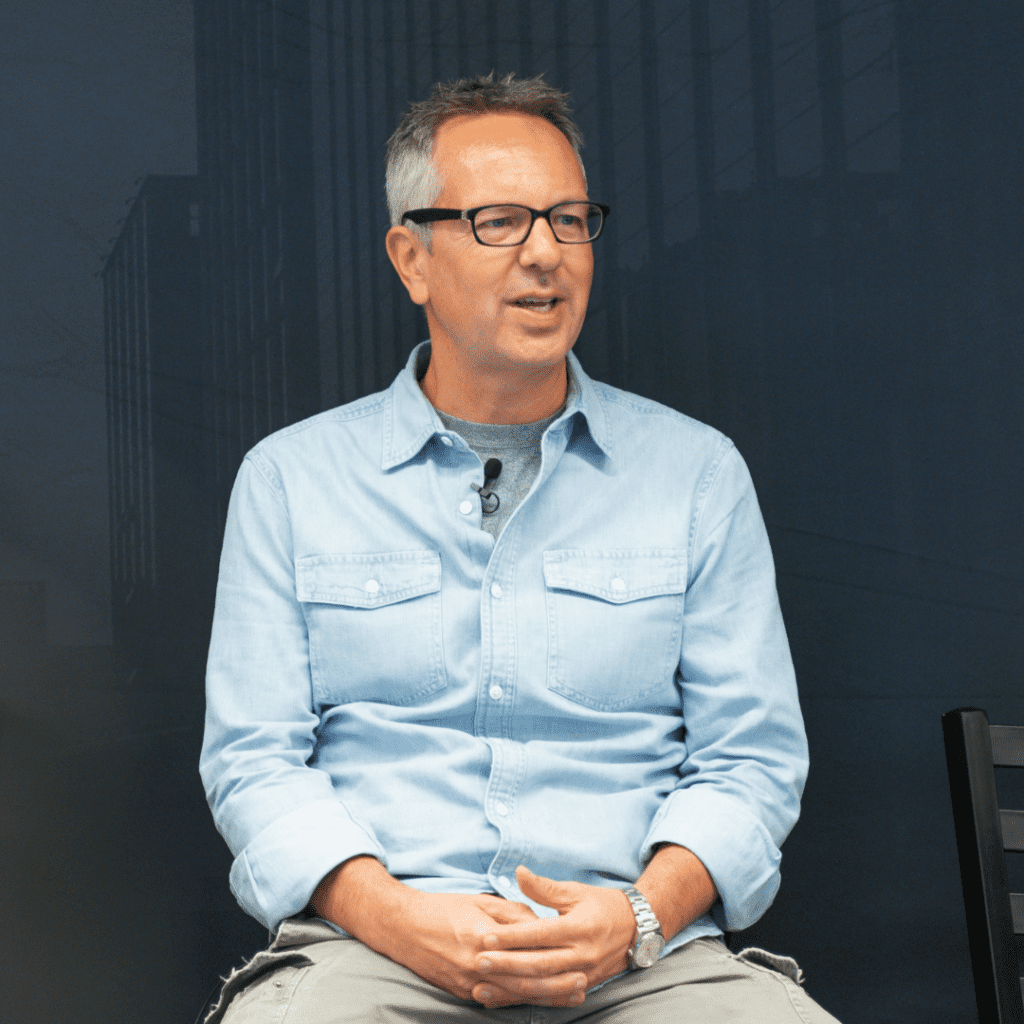
“How do you measure success? With some of these new channels and technologies, it’s okay to say you’re not sure, but if you’re going after Gen Z, you need to focus on what’s Next and New. Just recently, we were one of the first apparel brands to get on the BeReal app. I love that our team communicated to our community that we don’t know how this will go, but they were willing to learn from it and see how it develops.”
– Craig Brommers
7.) Cultural Relevance
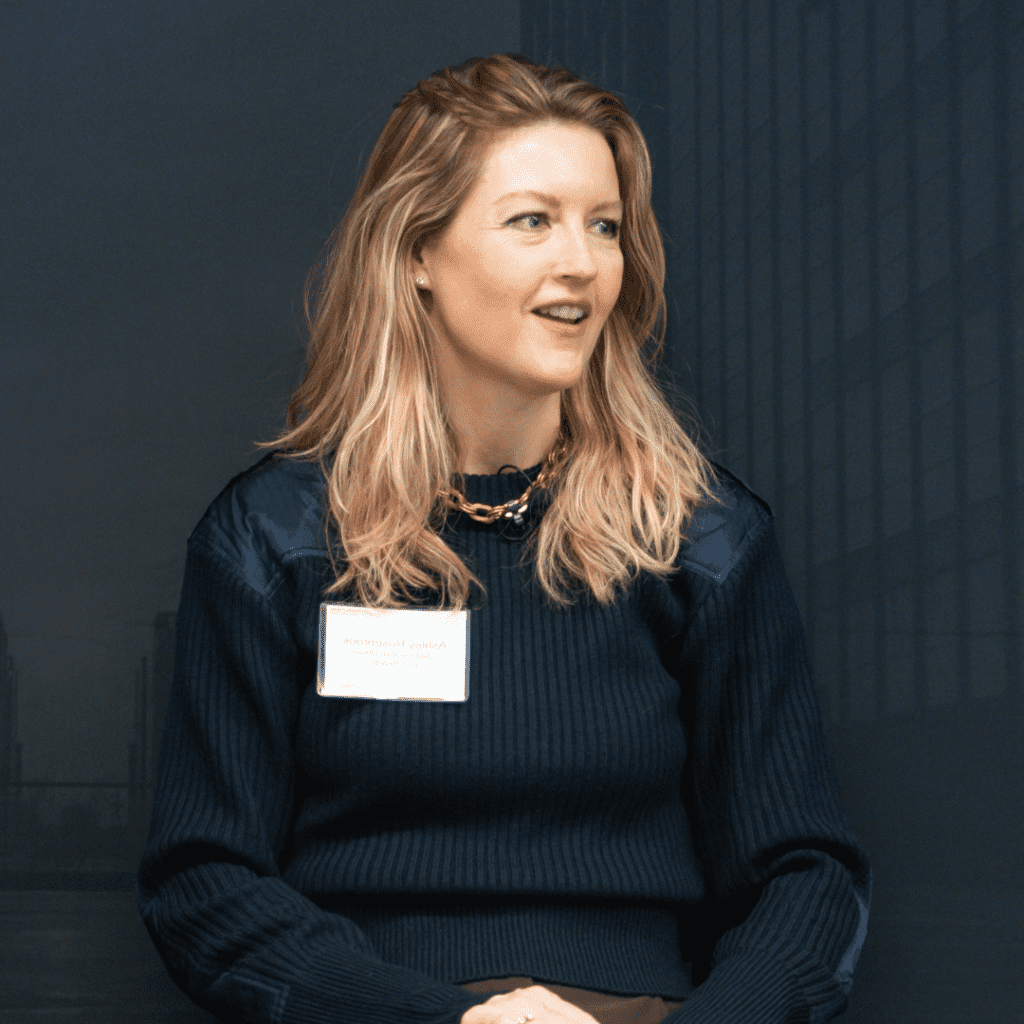
“The best brands stay relevant. They show up where their consumer is, where Gen Z is, and pivot with cultural moments. Using your gut, partnering with the right people, showing up where Gen Z is reacting, and having the agility to pivot in real-time is critically important.”
– Ashley Rosebrook
Campaign Case Studies: Learning from Past Success
There is much to learn from successful campaigns of the past. Dissecting the campaign can reveal what factors captivate consumers’ attention, meet the moment, and hit the bullseye for brand voice. In the case studies below, Danielle, Craig, Tim, and Ashley showcase their top-performing campaigns and break down what factors contributed to their success.
“It’s A Whole New Game”
By Danielle Lee
During the start of the pandemic, Danielle Lee (in her former role as Chief Fan Officer of the NBA) led the campaign leading up to the restart of the NBA season after it came to a halt. This required her and her team to consider how to bring back the game safely and responsibly and re-imagine the fan and player’s experience.
Danielle stated, “In July 2020, there was much uncertainty, and it was a very dark time in our country and world. We had to strike a balance between the excitement of basketball being back and knowing that people were struggling and going through a lot. The other piece was that players were very vocal about not wanting to play if their fans weren’t going to be there. We landed on the concept of It’s A Whole New Game. We picked Issa Rae as our spokesperson and couldn’t think of a better person to shepherd this message.”
The ad begins with Issa Rae’s heels echoing in the empty court. She leads off by acknowledging how much the world has been through, and just as she finishes saying what we all know to be true, that “You don’t miss something until it’s gone,” the stadium returns into the booming experience basketball fans love.
Why it worked:
✅ Cultural Relevance
✅ Internal & External Engagement and Sentiment
✅ The Right Partners
✅ Adaptability to New Channels and Technologies
✅ Universal Truth
✅ Social Responsibility
“American Eagle Members Always with Coco, Joshua, Madelyn, Maitreyi, Michael & mxmtoon”
By Craig Brommers
American Eagle is ranked the second choice of Teen’s Top Clothing Brand, according to the 2022 Piper Sander Report. Craig Brommer points to American Eagle’s agility to engage with what’s next and new, and their fearless approach as factors of their success with Gen Z. Doing the work to understand Gen Z’s values and what they pay attention to is essential.
Craig stated, “Diverse talent, not only from an ethnic standpoint but from a passion-point perspective, is important for Gen Z. In fact, 92% of Gen Z adults make purchases based on influencer recommendations – this is our single biggest line-item budget increase in the last two years. Our spring campaign from this year showcases the type of talent we work with, and it ended up being one of our most-watched videos this year and had the highest Instagram Reach for AE Campaign video ever”
This video captures the heart of Gen Z’s values, with statements reflecting acceptance, belonging, diversity, freedom to be who you are, community, inclusivity, empathy, and surrender.
Why it worked:
✅ The Right Partners
✅ Adaptability to New Channels and Technologies
✅ Internal & External Engagement and Sentiment
✅ Universal Truth
✅ Social Responsibility
“The Force” Volkswagen Super Bowl Ad
By Tim Ellis
During Tim Ellis’s stint as Head of Marketing at Volkswagen, he and his team came up with a not-so-typical but highly effective Super Bowl ad for a car that wouldn’t be launched into the market for six months. Tim had to convince the organization that it was less about the car and more about the brand and how customers feel about it. He also had to convince them to run the 60-second video on YouTube the Wednesday before the 30-second Super Bowl ad ran live because he had an instinct that it would go viral. The thing was, no one had ever released a Super Bowl Ad in advance of the Super Bowl.
He stated, “I call this the ad that keeps giving even though I got pushback from all corners. I trusted my gut to go with that ad because I knew it would be a breakthrough. I knew fans would like it, and I knew it would be a halo for the car brand…and that’s exactly what happened. We won the ad war before we ever got to Sunday.”
Why it worked:
✅ Cultural Relevance
✅ Adaptability to New Channels and Technologies
✅ Universal Truth
✅ Internal & External Engagement and Sentiment
✅ Brand Performance vs. Consumer Performance
“Football is for Everyone” NFL
By Tim Ellis
There are times as a brand leader when you have to reach outside your traditional target audience to make a societal impact and ensure you are building an inclusive environment.
Tim Ellis stated, “We talk about complex subject matters through our cause marketing at the NFL. A couple years ago, we did a campaign for Pride. Carl Nassib was the first NFL player to come out as gay, and we were so inspired by him that we decided to do a TV ad. The campaign was incredibly impactful and bold, even though it shouldn’t be. Many people didn’t like this ad, but what we felt in our hearts was that it didn’t matter. It doesn’t matter if you make people uncomfortable, and it doesn’t matter if some people push back. Do what you feel is right according to your brand’s values and be willing to do what it takes to get it out there.”
Through this ad, the NFL brand partnered with The Trevor Project and opened the aperture to communicate that football isn’t exclusive; it’s for everyone. To the beat of a drum, the ad proudly announces, “Football is gay, lesbian, beautiful, queer, life, exciting, culture, power, American, accepting, everything, and for everyone.”
Why it worked:
✅ The Right Partners
✅ Cultural Relevance
✅ Universal Truth
✅ Internal & External Engagement and Sentiment
✅ Brand Performance vs. Consumer Performance
✅ Social Responsibility
Eyes. Lips. Face
By Ashley Rosebrook
e.l.f Beauty has always been a disruptor in the beauty space. They are a digital-first brand and disruptive in changing how things are done.
Ashley Rosebrook stated, “We weren’t afraid of going into TikTok, but we knew we needed to go into it with the right influencers to help us kick it off and give it the fuel it needed. We did the “Eyes Lips Face” challenge on TikTok and created a song with iLL Wayno, an emerging artist. We weren’t music producers – but we weren’t afraid to take the risk and produce a custom song called “Eyes. Lips. Face” (e.l.f). It went viral, and we had celebrities doing the challenge.”
The campaign didn’t end there. As a result of the pandemic, businesses across the globe had to get creative with content curation in response to the cultural moment. e.l.f Beauty took their successful campaign and added a twist to it.
Ashley continued, “We did a new TikTok activation and had iLL Wayno redo the rap. We titled it “Eyes. Lips. Safe”. We reacted with speed, relevancy, and fearlessness. Not only was it the right thing to do in a cultural moment, but it animated the brand and created brand love.”
Why it worked:
✅ Adaptability to New Channels and Technologies
✅ The Right Partners
✅ Cultural Relevance
✅ Brand Performance vs. Consumer Performance
✅ Universal Truth
✅ Internal & External Engagement and Sentiment
✅ Social Responsibility
e.l.f and Chipotle
By Ashley Rosebrook
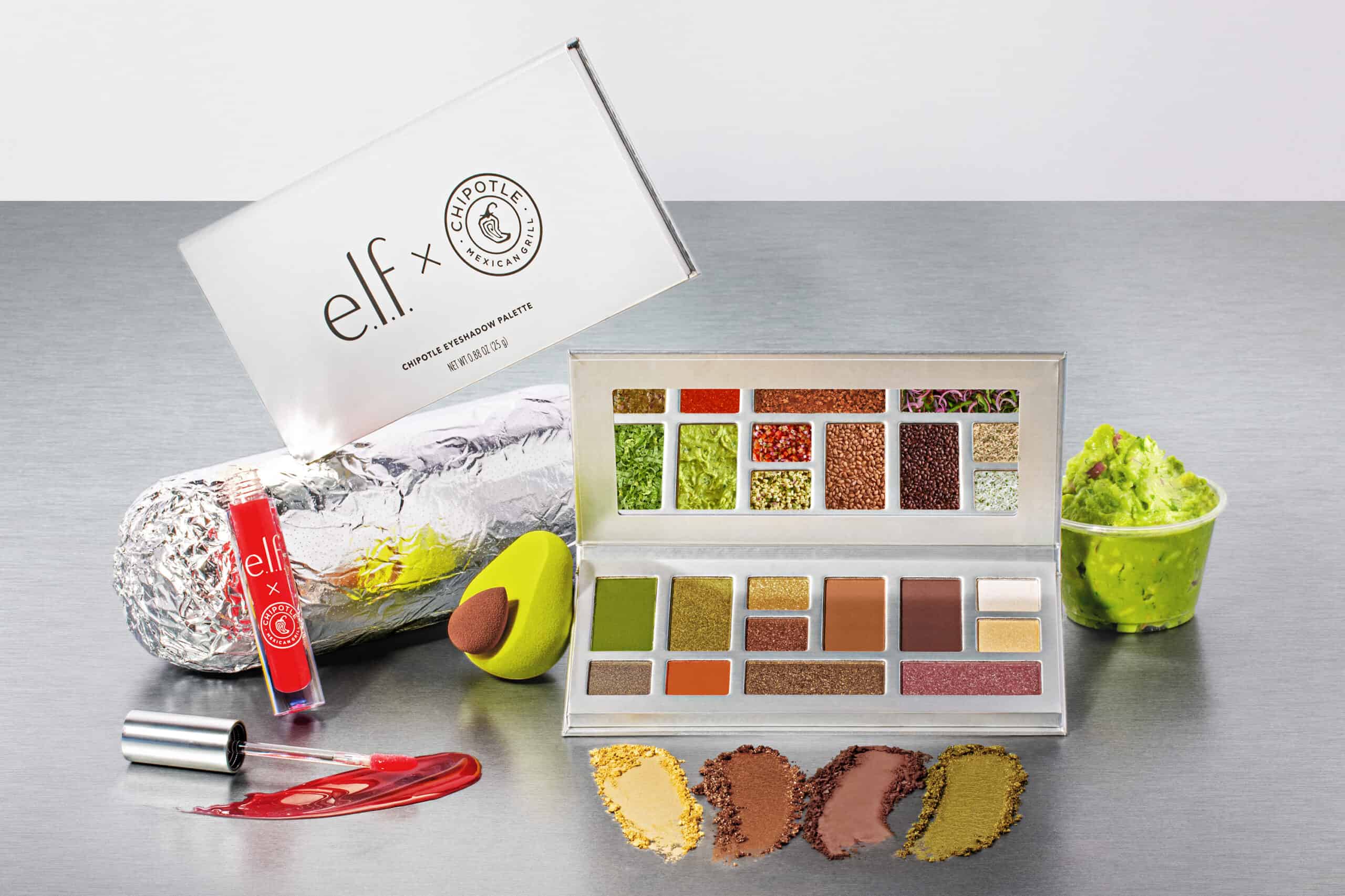
The best campaigns are based on consumer insights. This particular campaign with Chipotle developed because an insight came about on social media where someone pointed out, “it’s funny how the Chipotle catering line looks like an eye shadow palette.” There was some buzz around it, and e.l.f decided to make it into a palette.
Ashley stated, “We love partnering with like-minded disruptors, and Chipotle was doing a lot of cool stuff in the digital space. Chipotle fans know that guacamole is extra, so we centered the campaign around being extra. We designed a makeup sponge that looks like an avocado, and people cannot live without it.”
The campaign got so much engagement that, in Ashley’s words, “it broke the site.” It was successful not only because it was based on insight, but because e.l.f partnered with Chipotle, who “put all their digital marketing muscle behind it, along with their influencers and partners,” according to Ashley.
Why it worked:
✅ Universal Truth
✅ The Right Partners
✅ Adaptability to New Channels and Technologies
✅ Cultural Relevance
✅ Internal & External Engagement and Sentiment
Key Takeaways
Even though the world is more augmented than ever, people crave authentic and personal relationships with brands. They want to know that the brands they love genuinely care – not just about them, but about societal causes.
Marketers must strike a balance between keeping up with growing technology and staying true to what has always made us human – relationships. So, what is the framework for successful campaigns that will break through the noise?
Cultural relevance, social responsibility, internal and external engagement, the right partners, adaptability to new channels and technologies, universal truths, and a balance between brand performance and consumer performance can all be summarized into how marketers relate to their stakeholders – using data, creativity, and heart.
These elements are bound to create successful campaigns and make a lasting impact.
________________________________
At the end of the panel discussion, the four speakers posed a current challenge related to their brand for the marketers in the room to solve, and then they became coaches to solve their co-panelists challenge. The room was divided into four groups and marketers brainstormed considerations for a successful campaign that addressed each speaker’s challenge. After they were finished, the coaches and marketing leaders presented their solutions to the co-panelists.
For more interactive experiences like this, Marketers That Matter has designed a new era of programming called Marketing Boards. This is a 10-month program of facilitated small groups meeting together to collaborate and work through a curriculum of high-priority topics. Subscribe here to stay up to date.
Tim Ellis, CMO, NFL: Tim has been recognized for his innovative marketing and advertising campaigns and has received the Adweek Brand Genius Award, the Grand Effie Award for the most effective campaign in the U.S., and the Cannes Lions Titanium award. Under Tim’s leadership, the NFL was ranked No. 1 on Ad Age’s ‘Marketers of the Year’ list in 2021, and Tim has been recognized as one of the top 5 brand CMO’s nationally by Ad Age. He was previously CMO at Activision Blizzard Inc. and held global marketing executive roles at Volvo and Volkswagen America – where he drove the creation of “The Force,” one of the most loved Super Bowl advertisements of all time.
Danielle Lee, President of Warner Music Artist and Fan Experiences: Danielle Lee serves as President of Warner Music Artist & Fan Experiences at WEA, Warner Music Group’s label, and artist services division. Danielle leads a centralized, in-house creative agency for the Warner Recorded Music roster and third-party artists. Her team is responsible for the development of impactful fan-centric experiences that grow fan engagement, cultural resonance, and revenue for artists. Danielle was named one of Billboard’s Branding Power Players in 2019 and Adweek’s Top 50 most indispensable executives in Marketing, Media and Technology from 2016-2018. She is a three-time honoree of the Most Powerful Women in Mobile Advertising by Business Insider.
Craig Brommers, CMO, American Eagle Outfitters: Craig Brommers cultivates high-profile brands for geographic, category, and digital expansion and is adept at managing the art and science of modern marketing. As the Chief Marketing Officer for American Eagle, Craig and his team were ranked #2 for Teen’s Top Clothing Brand. Previously, Craig has marketed for retail stores including Calvin Klein, Abercrombie Fitch, and Gap.
Ashley Rosebrook, Chief Creative Officer, e.l.f Beauty: Ashley Rosebrook has over 20 years of experience in global brand creation and revitalization. She stands at the intersection of beauty, lifestyle, and sustainability, specializing in trend and concept development, product collection design, and multi-channel storytelling. She has conceived and launched brands for Calvin Klein, Vera Wang, MoMA, Donna Karan, Gucci, Kenzo Takada, Bruce Mau, Aveda, and Avon.

